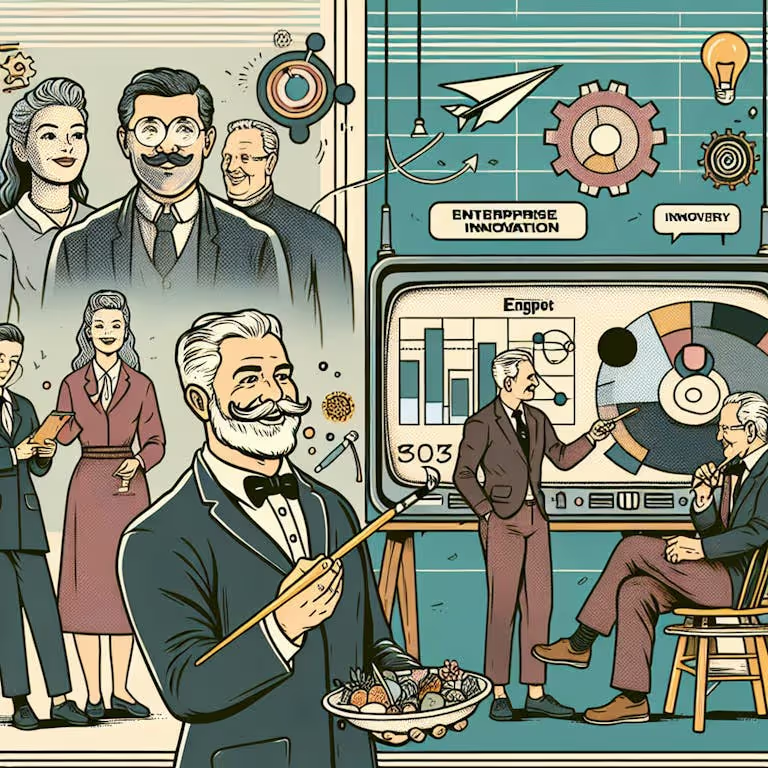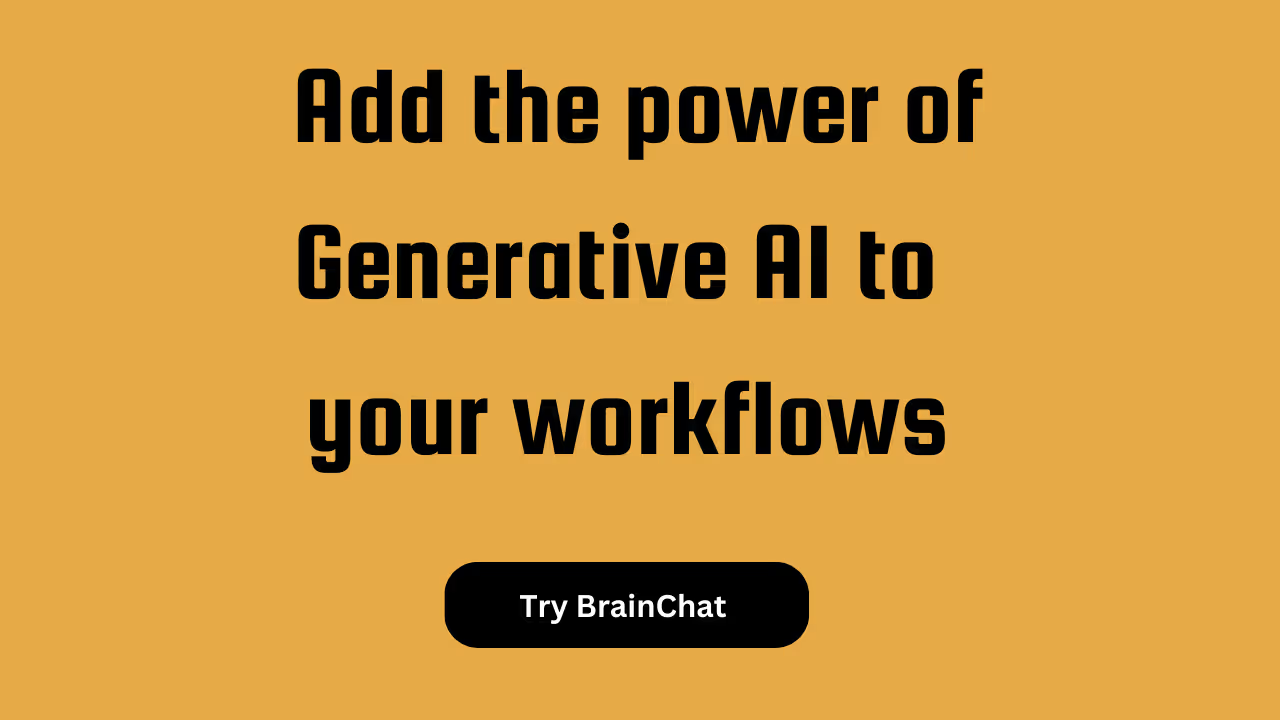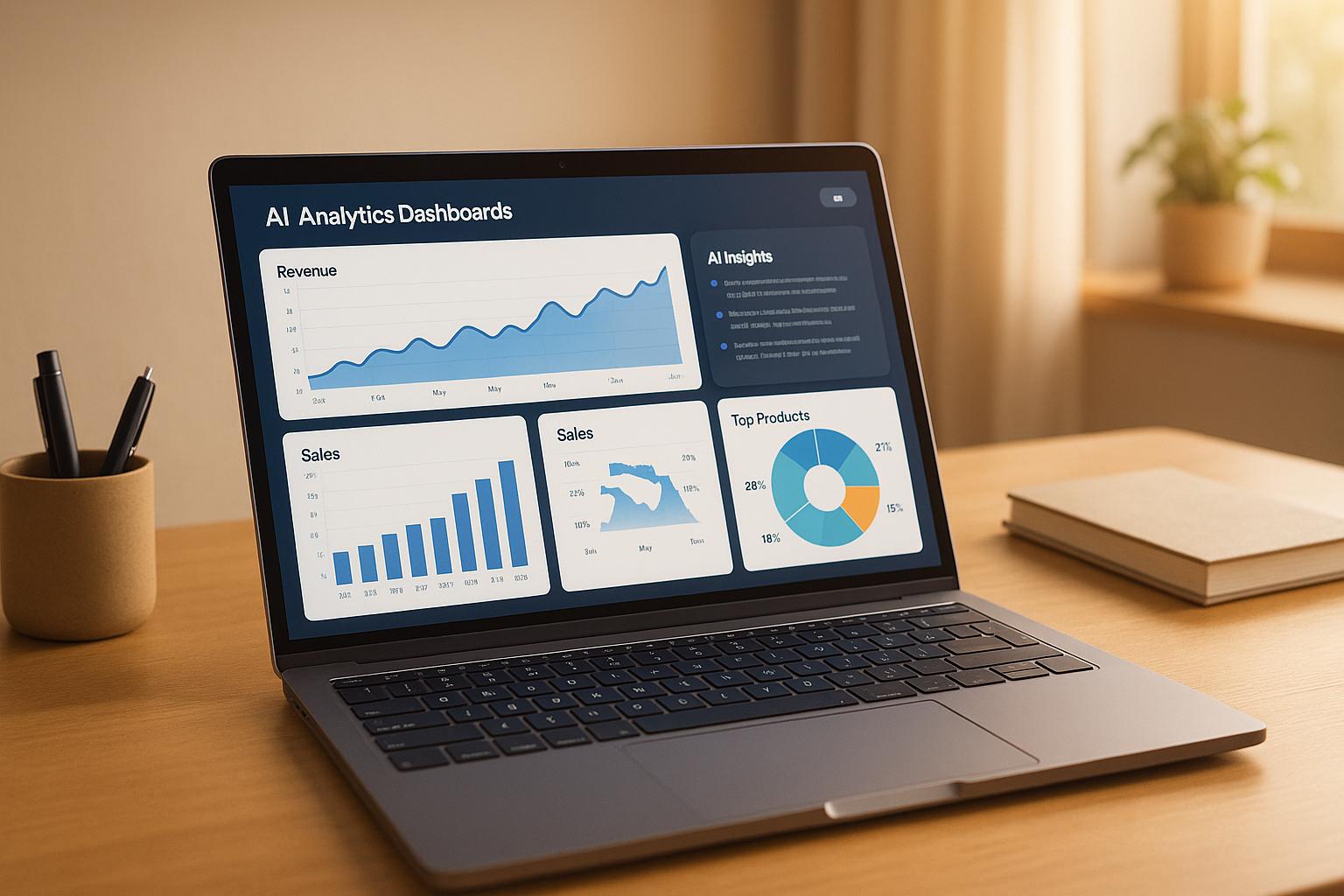
How companies leverage Chat GPT

From Customer Support to Content Creation: How Companies Are Leveraging Chat GPT
The proliferation of artificial intelligence (AI) has undoubtedly transformed various facets of modern industries. Among the many AI advancements, the development of natural language processing (NLP) tools stands out as particularly impactful. One of the most notable developments in this arena is Generative Pre-trained Transformer (GPT), specifically Chat GPT. This sophisticated language model developed by OpenAI leverages machine learning to understand and generate human-like text based on the input it receives. Companies across diverse sectors are increasingly adopting Chat GPT, exploiting its capabilities from customer support to content creation. This article delves into the nuances of how businesses are utilizing Chat GPT to drive efficiency, enhance user experience, and innovate solutions.
A Primer on Chat GPT
Chat GPT is a type of NLP model that uses deep learning techniques to generate human-like text. It's based on transformer architecture, which allows it to consider the context of words within a larger textual framework, resulting in more coherent and contextually appropriate responses. The model has been trained on a diverse dataset comprising a broad range of internet text, enabling it to understand and generate text on numerous topics with surprising accuracy.
Although Chat GPT doesn't possess true understanding or consciousness, its capacity to produce contextually relevant and coherent text has made it an invaluable tool for various applications. The latest iterations of GPT, including GPT-3, have approximately 175 billion parameters, making them substantially more powerful and versatile than their predecessors.
Enhanced Customer Support
One of the immediate applications of Chat GPT is enhancing customer support services. Traditionally, customer support relied heavily on human agents, leading to increased costs and variable response times. Chat GPT, by contrast, can provide instantaneous, 24/7 support across multiple languages, ensuring that customers receive timely assistance regardless of time zones or language barriers.
Chatbots and Virtual Assistants
Many companies have integrated Chat GPT into chatbots and virtual assistants on their websites and mobile applications. These AI-driven tools can handle a variety of customer queries, from answering frequently asked questions to resolving more complex issues.
For instance, e-commerce platforms utilize Chat GPT to guide customers through the purchase process, helping them find products, providing recommendations, and facilitating transactions. This not only improves the user experience but also frees up human agents to handle more nuanced and high-priority cases.

Sentiment Analysis and Emotional Intelligence
Another crucial benefit of Chat GPT in customer support is its ability to perform sentiment analysis. By gauging the emotional tone of a customer's message, the AI can adjust its responses accordingly. This can be particularly beneficial in de-escalating tense interactions or providing comfort in stressful situations.
Companies in sectors like healthcare and finance, where empathetic communication is vital, especially value this aspect of Chat GPT. The AI's capability to maintain a calm and composed demeanor can significantly enhance the customer experience, fostering greater loyalty and satisfaction.
Content Creation and Innovation
Beyond customer support, Chat GPT is becoming a game-changer in content creation. Whether it's generating blog posts, social media updates, or complex technical documents, Chat GPT's versatility allows companies to produce high-quality content at scale.
Automated Writing and Editing
One of the main advantages of using Chat GPT for content creation is its ability to automate the writing process. Content teams can prompt Chat GPT with a topic and guidelines, and the AI will generate a coherent, quality draft that can be further refined by human editors. This significantly reduces the time and resources typically required for content production, allowing companies to maintain a robust content pipeline without compromising quality.
Moreover, Chat GPT can assist in editing by proofreading text, checking for grammatical errors, and suggesting stylistic improvements. This ensures that content is polished and professional, meeting high editorial standards.
Diverse Content Formats
Chat GPT is also versatile in the types of content it can generate. From crafting engaging social media posts to developing in-depth whitepapers, the AI can adapt its writing style and tone to suit various formats and audiences.
For instance, media companies leverage Chat GPT to generate news articles, summaries, and even captions for videos. By employing AI for these tasks, they can ensure timely and consistent content production, appealing to a broad audience while freeing up journalists to focus on in-depth investigative work.
Enhancing Creativity
Interestingly, Chat GPT's role in content creation isn't just limited to automation and efficiency; it's also a tool for enhancing creativity. Writers and marketers use Chat GPT as a brainstorming partner, feeding it prompts and exploring the creative outputs it generates.
This collaborative approach allows for the generation of unique ideas and perspectives that a human writer might not have considered. Consequently, teams can produce more diverse and engaging content, tapping into the AI's diverse dataset and creative potential.
Challenges and Ethical Considerations
While the benefits of Chat GPT are numerous, its application is not without challenges and ethical considerations.
Accuracy and Reliability
Despite its impressive capabilities, Chat GPT is not infallible. Its responses are based on patterns within its training data, which can sometimes lead to incorrect or nonsensical outputs. Ensuring the accuracy and reliability of the AI's responses remains a significant challenge, particularly in sectors where precision and factual accuracy are paramount, such as healthcare and legal industries.
Bias and Fairness
Another critical concern is bias. Given that Chat GPT's training data includes a vast array of internet text, it may inadvertently learn and replicate biases present in the data. This can result in outputs that propagate stereotypes or unfair treatment of certain groups. Companies must therefore apply rigorous testing and implement measures to mitigate any bias in the AI's responses, safeguarding fairness and inclusivity.
Privacy and Data Security
With Chat GPT handling a significant volume of customer interactions and communications, privacy and data security become pressing concerns. Companies must ensure that the AI complies with data protection regulations and that sensitive customer information is securely managed. This necessitates robust encryption protocols, regular audits, and transparent data handling practices.
Future Potential and Innovations
Looking ahead, the potential for Chat GPT and similar AI technologies continues to expand.
Integration with Other Technologies
Future innovations are likely to see Chat GPT integrated with other advanced technologies, such as augmented reality (AR), virtual reality (VR), and the Internet of Things (IoT). For example, combining Chat GPT with AR could enhance virtual shopping experiences, providing customers with real-time assistance and personalized suggestions as they navigate virtual stores.
Specialized Training Models
Another promising avenue is the development of specialized training models tailored to specific industries. For instance, training a version of Chat GPT exclusively on legal texts could result in an AI that provides more precise legal advice and documentation. Industry-specific models would enhance the relevance and accuracy of AI outputs, making them even more valuable tools for businesses.
Continual Learning and Adaptation
The concept of continual learning is also gaining traction. Future iterations of Chat GPT could be designed to continuously learn and adapt from new data, ensuring that the AI remains up-to-date with the latest industry trends, regulations, and consumer preferences. This dynamic adaptation would further enhance the AI's utility and relevance across various applications.
Conclusion
As companies strive to remain competitive and innovative, the adoption of AI technologies like Chat GPT is becoming increasingly prevalent. From revolutionizing customer support to enabling efficient and creative content creation, Chat GPT offers a myriad of benefits that businesses are eager to harness.
However, the journey of leveraging Chat GPT isn't devoid of challenges. Ensuring accuracy, mitigating bias, and safeguarding data privacy are essential considerations that companies must address. As the technology continues to evolve, so too will the strategies and best practices for its application.
Ultimately, the integration of Chat GPT into business operations represents a significant leap forward in the utilization of AI. By harnessing its capabilities, companies can achieve greater efficiency, enhance customer experiences, and unlock new realms of creativity and innovation. The future of Chat GPT holds promise, pointing towards a landscape where AI and human ingenuity coalesce to drive progress across industries.
Turbocharge your team with BrainChat AI
Teams using BrainChat report a 40% boost in task completion speed. Imagine what your team could achieve.
%20(1).png)



